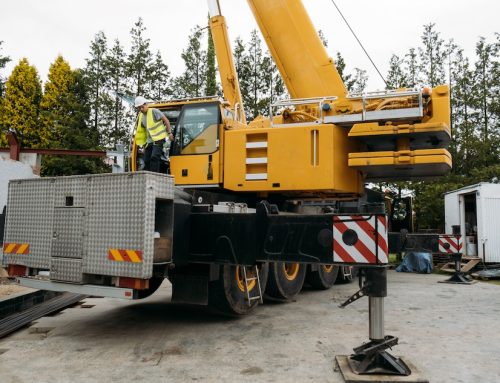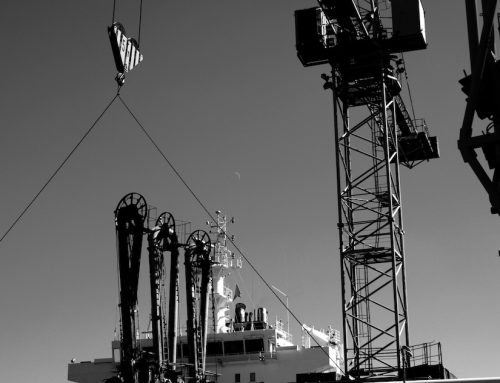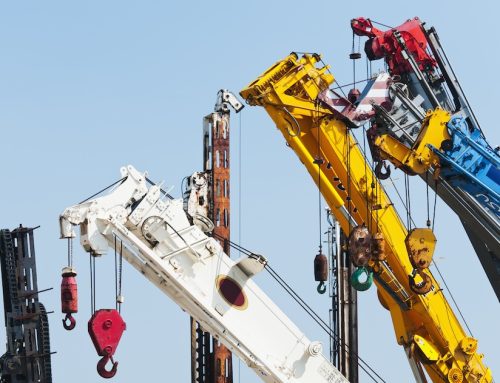Challenges Machinery Movers Face in Case Studies
Moving machinery isn’t just about muscle—it’s about precision, planning, and overcoming unexpected challenges. In real-world operations, no two moves are exactly alike. Each project brings its own hurdles, and understanding these challenges helps both clients and movers prepare for success.
Challenges Machinery Movers Face Through Real Case Studies
This post explores the challenges machinery movers face through real-life case studies. From managing tight timelines to ensuring equipment safety, we’ll cover the most common obstacles and how experienced teams like GM Machinery Movers overcome them.
Dismantling and Reassembly: Precision Required
One of the most common challenges in machinery relocation is dismantling and reassembly. Many types of heavy machinery can’t be moved in one piece due to their size, shape, or fragility. But taking a machine apart—and then putting it back together—requires far more than just tools.
Case Study: CNC Line Relocation
A client requested relocation of a large CNC line across state lines. The equipment required full disassembly to meet size and weight requirements for transport vehicles. The challenge wasn’t just taking it apart—it was labeling, documenting, and packaging every piece to ensure reassembly was accurate at the new site.
Our team used digital layout mapping and real-time progress logs to track each component. At the new location, the CNC line was reassembled and aligned to factory specifications—without delays or performance issues.
Preventing Damage During Machinery Relocation
Every piece of heavy equipment is an investment. That’s why preventing damage is always a top priority. Still, challenges arise during loading, transport, and unloading—especially with sensitive or high-precision machinery.
Case Study: Medical Equipment Transport
One project involved moving high-value imaging equipment for a medical facility. The machinery required vibration-free transport and needed to remain upright at all times. Tight elevator access made the situation even trickier.
We used shock-absorbing platforms and a custom rigging system to maneuver the equipment safely. Padding, real-time monitoring, and route planning prevented unnecessary bumps or movement. The equipment was delivered intact, calibrated, and operational within hours.
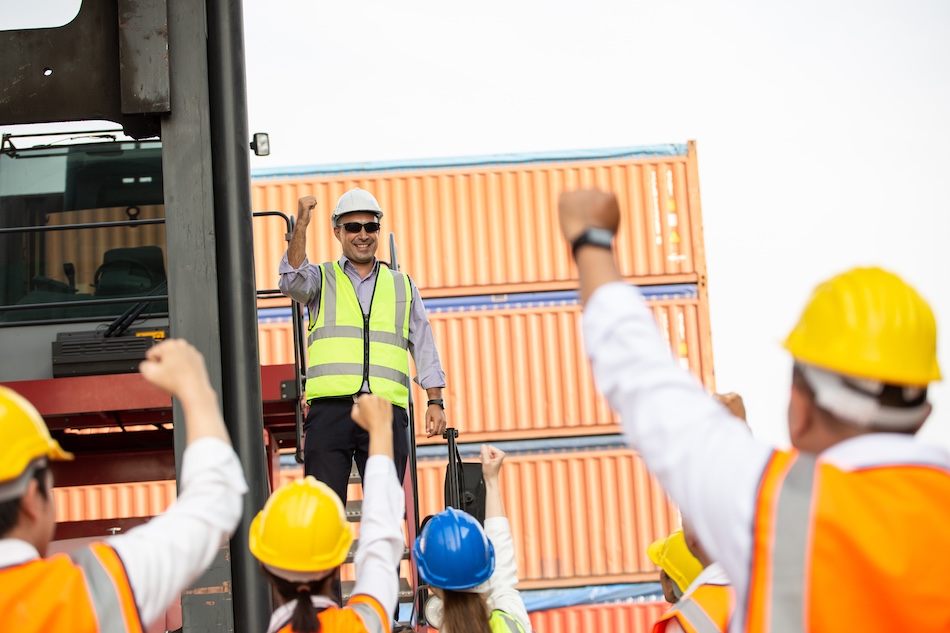
Transport Logistics: Size, Weight, and Road Rules
Heavy equipment isn’t easy to move—not just because of its size, but because of the planning required to meet DOT and state-level transport regulations. Oversized loads may require escort vehicles, alternate routes, or special permits.
Case Study: Press Brake Hauling
We were tasked with moving a massive press brake across state lines. The dimensions exceeded standard load limits, triggering requirements for:
- Pilot vehicles
- Height restriction management
- Bridge clearance verifications
- Load securement under high wind conditions
The key was in advance route planning and coordination with state agencies. With permits and safety measures in place, the machine arrived safely and legally.
Site Access and Setup Conditions
Even when the transportation is smooth, challenges arise at the delivery site. Narrow hallways, uneven surfaces, low ceilings, or lack of rigging points can all complicate the process.
Case Study: Equipment Install in a Historic Building
In one project, the delivery site was an old brick facility with low doorways and weak flooring. While the machine itself wasn’t oversized, it was heavy and required careful maneuvering.
We reinforced the path with steel plates, used compact lifting gear, and adjusted the machine’s orientation to fit through narrow corridors. Every detail mattered—down to how door hinges were removed to squeeze the equipment in safely.
Adapting in Real Time
Perhaps the most difficult challenge is dealing with the unexpected. Delays in permits, last-minute changes in site readiness, or weather events can shift the entire schedule.
Case Study: Storm Interruption During Crane Lift
While installing rooftop equipment via crane, an unexpected thunderstorm moved in. High winds made the original lift plan unsafe.
Rather than pushing through and risking damage or injury, our team shut down the operation and rescheduled. The next morning, we revised the lift plan, communicated with the client, and completed the job safely. Flexibility and safety always come before speed.
Solving the Challenges of Machinery Moving—Together
The challenges machinery movers face are real—and often unpredictable. From dismantling and reassembly to navigating tight spaces and adapting in real time, every project demands skill, foresight, and the ability to respond quickly.
At GM Machinery Movers, we’ve seen it all. We know that machinery relocation isn’t just about moving machines—it’s about protecting your investment, reducing downtime, and solving problems before they become setbacks. Whether you're moving across a city block or across state lines, we’re ready to help.
Contact us today to talk about your next move—and how we can make it smoother, safer, and more successful.

